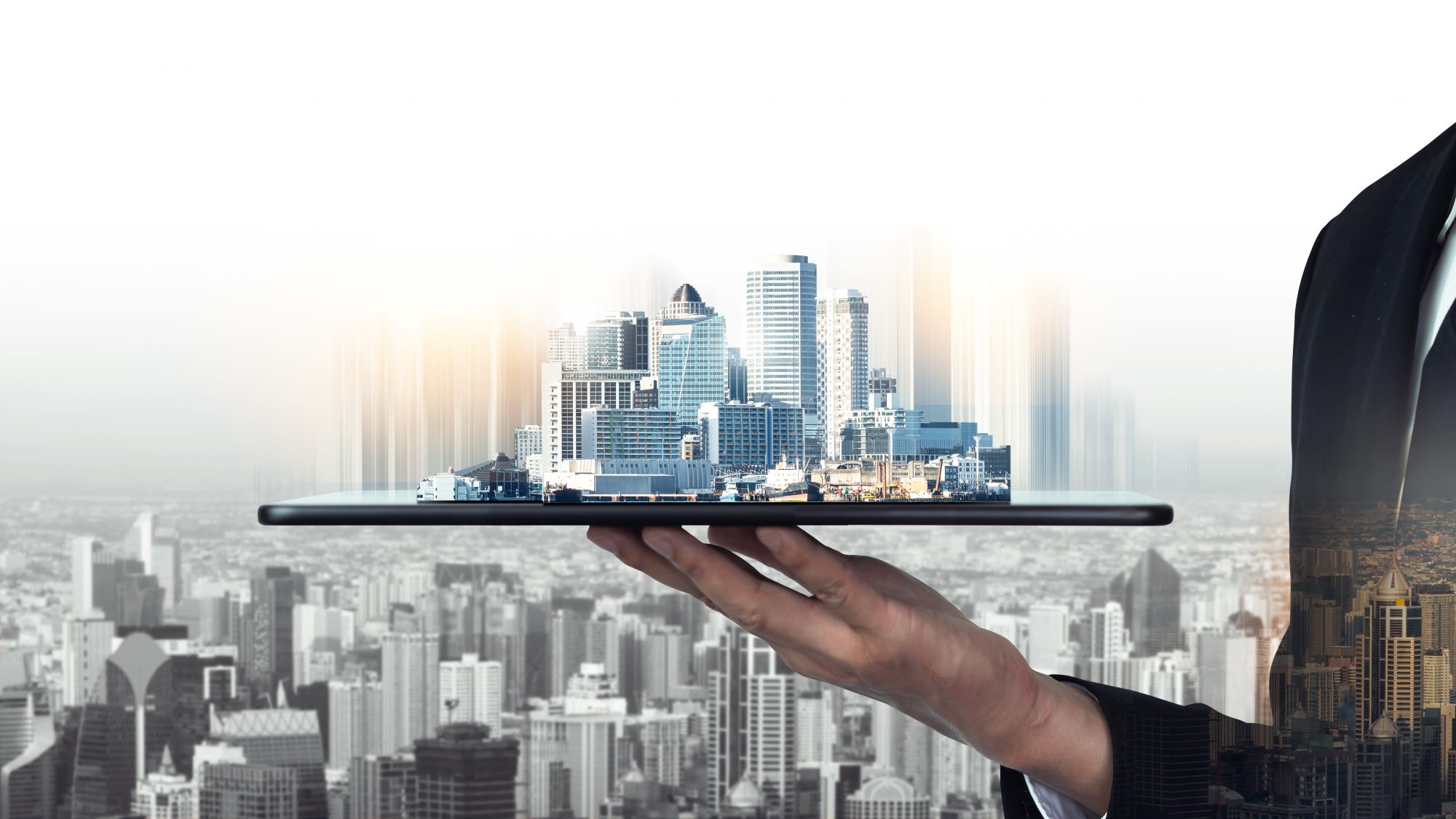Federica Buricco, senior associate at CRTKL, explores the important role of collaboration, innovation and technology in smart cities of the future
With the global smart cities market forecasted to reach £2.9 trillion by 2026, the race is already on to deliver smarter, better places that improve the quality of life for all. As an industry, by thinking about people and planet-positive design we can work together to truly make a difference.
The digital revolution is at the core of this, influencing the way cities and public spaces are conceived in two main ways. First through the rise of data-based, decision making, the management or design and second through the extensive and rapid deployment of digital infrastructure in the urban environment. Make no mistake, this requires significant investment, however, the results can be game-changing.
From digital wayfinding, ubiquitous high-speed networks, electric vehicle (EV) charging stations, solar-powered bin compactors and phone chargers to noise and air quality detectors, early warning signal systems, apps improving medical services, and sensors embedded in the pavement that manage traffic and street lighting or advanced metering technology to manage utilities, all future buildings and infrastructure will ‘communicate’ or collaborate with each other.
This can provide more effective energy usage, seamless mobility and an enhanced user experience – which we are already seeing through apps like ‘sesame’, rolled out by London landlord GPE which can be scaled up to a neighbourhood or city level.
Use of technology in smart cities includes ‘drone ports’
Other uses of technology in smart cities include adapting under-utilised buildings into ‘drone ports’ in order to reduce congestion, optimise item deliveries and reduce pollution. Indeed, the world’s first drone port known as ‘Air One’ recently opened its doors in Coventry, paving the way for future growth in this area.
However, smart cities go beyond connectivity, data, and utilities. They extend to the aggregation of our collective social experience. Just as smart cities are more than buildings with sensors and camera-enabled security, so too are digital twins more than a virtual reproduction of a building or a railway line. With digital twins we can create virtual replicas of entire neighbourhoods and cities, feed into them real-time data and use machine learning and reasoning to help decision-making.
Utilising building simulations on projects
Essentially, this digital duplicate acts as a crystal ball and allows us to create simulations that can predict how different interventions will perform and suggest how the built environment can have a more positive impact on our people and planet. This is why at CRTKL, we have committed to utilising building simulations on 50% of our projects by the end of the year.
While the real-time data collected from sensors and the tracking of our physical infrastructure via digital twin technology is critical to the operations of a city, for these experiences to be meaningful to the people that inhabit them, personal devices need to form part of the digital ecosystem too.
Real-time data collection
There is, however, a social aspect to big data that remains largely unresolved. The urban data that smart cities depend on for their smooth running and infrastructure development raises concerns about data privacy, collection, and ownership, which need to be addressed. A solution may see originated data controlled by an independent entity in charge of balancing the interest of personal privacy, public interest, and innovation.
By leveraging this technology, cities can become smarter about their delivery of urban and public services and derive new environmental and economic gains. However, while people, sensors and assets all contribute to the data collection that informs and drives the promise of smart cities, there is no single source of all the elements that contribute to this idea of ‘Society as a Platform’. Hence the need for greater, more innovative collaboration between architects, investors, developers and local authorities that can connect the dots.
The Internet of Things (IoT) will not only connect devices, but also people and communities. If connected properly, citizens, enterprises, and local authorities become more agile and can support the progress toward reaching the United Nations’ Sustainable Development Goals (SDGs). Moreover, open urban data accessible in real-time fosters citizen engagement and promote inclusion and equality.
By applying a digital overlay to the human experience, we create cities smart enough to sustain and heal themselves – places that are resilient and future-ready. As I write this piece, leading think tank, ThoughtLab has just announced it is forming a coalition of mixed stakeholders to create a study of 200 cities that will explore their strategies and plans for becoming future-ready. It is exactly this type of cross-sector collaboration – whether you are an urban designer, investor, developer, academic or government – that is required to pave the way for smart city success. There is no denying cities of the future will be smarter, the question now though is, can we make them more human and sustainable too?

















